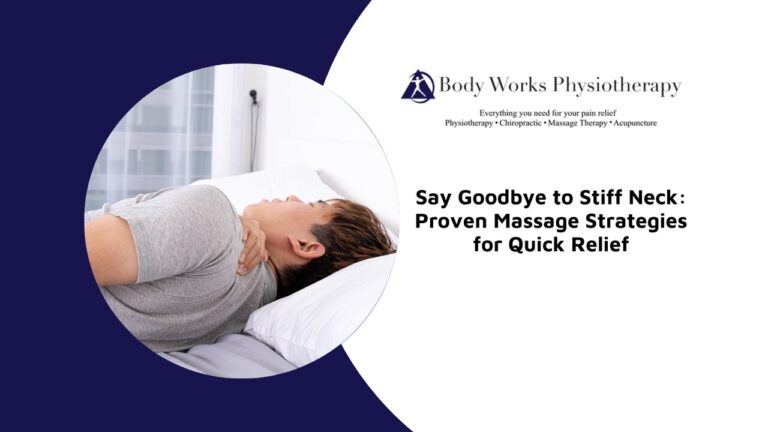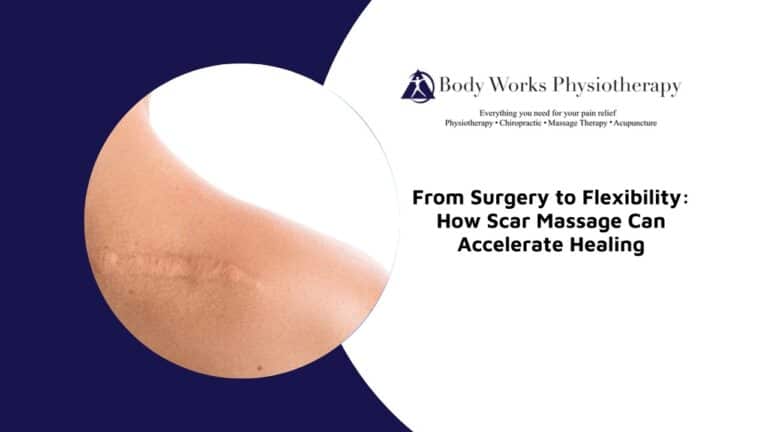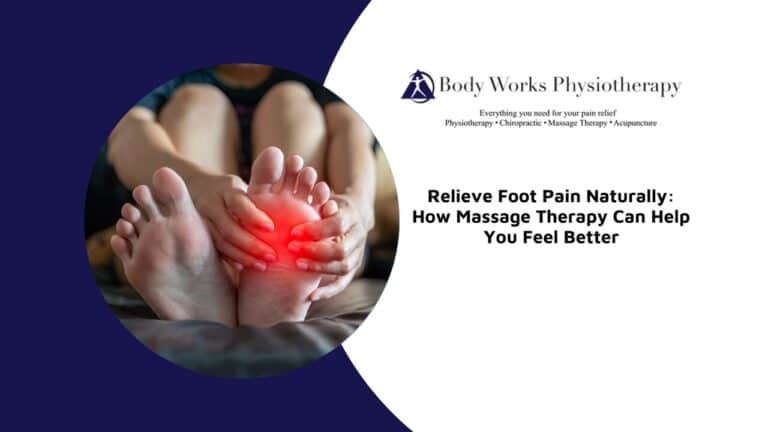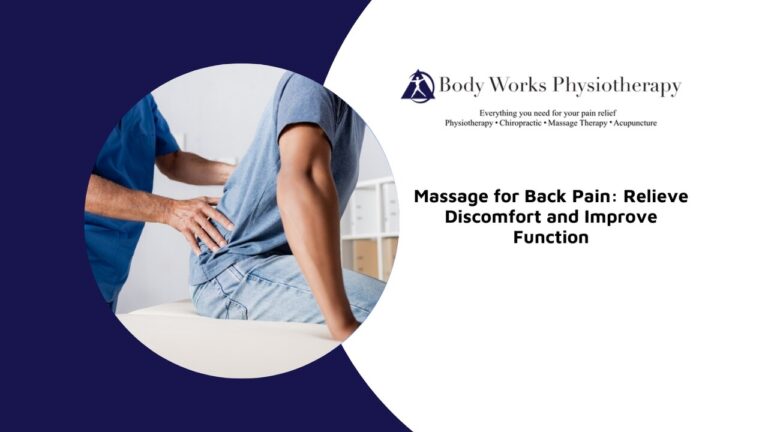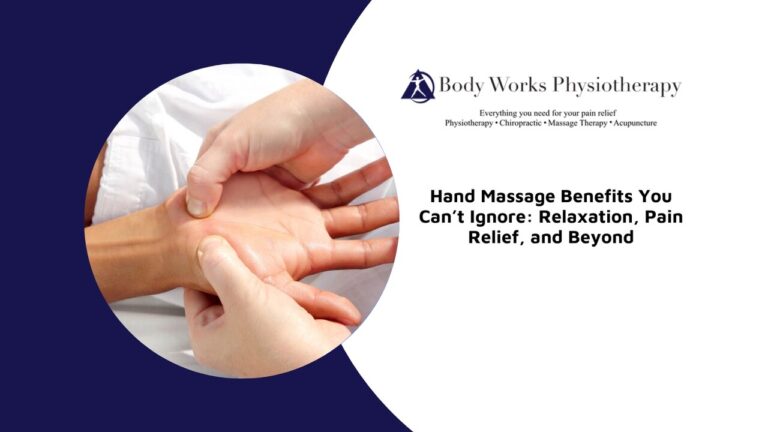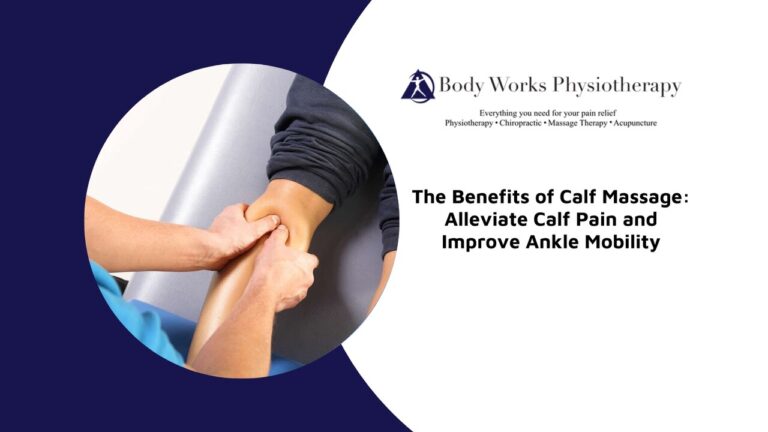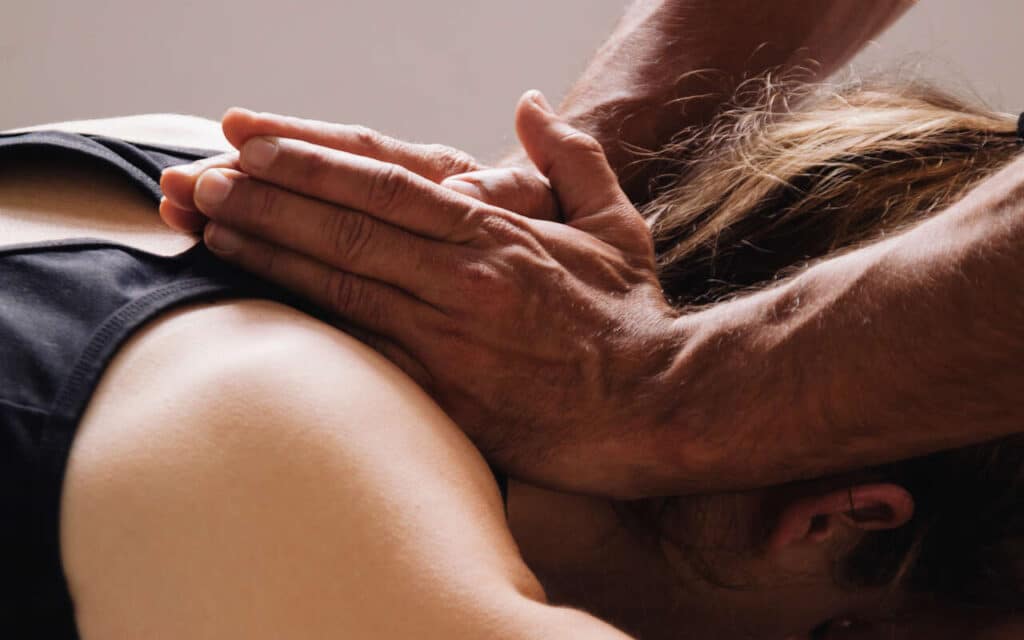
Pain is an unwelcome companion in many people’s lives, whether it’s due to chronic conditions, injuries, or the stress of daily activities. Massage therapy has long been recognized as an effective method for alleviating pain and promoting overall well-being. In this blog, we’ll explore the types of massages most effective for pain relief, the benefits they offer, and how they can complement other treatments to enhance your quality of life.
Benefits of Massage for Pain Relief
Massage therapy offers both immediate and long-term benefits for pain relief, enhancing overall health and well-being.
Immediate Benefits:
- Pain Reduction: Massage can provide immediate relief from pain by relaxing muscle tension and improving blood flow.
- Relaxation: Massage therapy promotes a sense of relaxation and well-being, which can help alleviate stress-related pain.
- Improved Mobility: Immediate reduction in muscle stiffness and soreness can enhance mobility and flexibility.
Long-Term Benefits:
- Chronic Pain Management: Regular massage therapy can significantly reduce chronic pain and improve quality of life.
- Improved Musculoskeletal Health: Long-term massage can improve the health of muscles and connective tissues, preventing future pain and injuries.
- Enhanced Blood Flow: Consistent massage therapy promotes better blood circulation, which aids in overall pain management and healing processes.
Most Effective Types of Massage for Pain Relief
When it comes to pain relief, different types of massage offer unique benefits depending on the nature of the pain and the individual’s needs. Some of the most effective massage techniques for pain relief include:
- Deep Tissue Massage: This massage technique focuses on realigning deeper layers of muscles and connective tissue. It is particularly beneficial for chronic pain, muscle tension, and areas such as the lower back and shoulders.
- Swedish Massage: Known for its relaxation benefits, Swedish massage uses long, flowing strokes to improve blood flow and reduce muscle tension, making it an excellent option for general pain relief and relaxation.
- Trigger Point Therapy: This technique targets specific areas of tight muscle fibres that can cause pain in other parts of the body. Trigger point therapy is effective for chronic pain and conditions like fibromyalgia.
Addressing Conditions Like Arthritis and Fibromyalgia: The Role of Massage Therapy
Massage therapy can be highly beneficial for conditions like arthritis and fibromyalgia. For arthritis, massage therapy can help reduce pain and stiffness by improving blood flow and reducing muscle tension around the affected joints. Techniques like Swedish massage and gentle kneading can be particularly soothing for arthritic pain.
For fibromyalgia, which is characterized by widespread musculoskeletal pain, trigger point therapy and deep tissue massage can provide significant relief. These techniques help to alleviate muscle soreness and improve overall relaxation, reducing the intensity of pain associated with fibromyalgia.
How Massage Therapy Complements Other Treatments for Pain
Massage therapy can complement other forms of treatment for pain by:
- Enhancing Physiotherapy: Combining massage with physiotherapy can improve muscle function and speed up recovery.
- Reducing Medication Dependence: Regular massage therapy can reduce the need for pain medications by providing natural pain relief.
- Improving Mental Health: The relaxation and stress reduction benefits of massage can enhance mental well-being, which is crucial for overall pain management.
- Facilitating Healing: By improving blood flow and reducing muscle tension, massage therapy can support the body’s natural healing processes.
Massage Therapy for Post-Surgical Pain Management
Massage therapy can be an effective tool for post-surgical pain management. After surgery, gentle massage techniques can help reduce pain and swelling, improve blood flow, and promote relaxation. It can also aid in the recovery of musculoskeletal and connective tissues, speeding up the healing process.
However, it is important to consult with your healthcare provider and a professional massage therapist to ensure the massage techniques used are safe and appropriate for your specific post-surgical condition.
Self-Care Tips to Relieve Pain at Home
While professional massage therapy can be highly effective for managing pain, there are also several self-care techniques you can use at home to alleviate discomfort between sessions. These methods can help manage various types of pain, from muscle soreness to joint discomfort, and promote overall well-being.
- Heat and Cold Therapy: Applying heat or cold to painful areas is a simple yet effective way to manage pain. Use a heating pad or warm towel to relax tense muscles and increase blood flow. For inflammation or acute pain, such as after an injury, apply an ice pack to reduce swelling and numb the area.
- Gentle Stretching: Regular stretching can relieve tension in the muscles and improve flexibility, which can reduce pain. Focus on gentle, slow stretches that target the areas where you experience discomfort, such as the back, neck, or legs. Yoga or simple stretches can be particularly effective in managing pain from muscle stiffness or poor posture.
- Self-Massage Techniques: Using your hands or a foam roller, you can perform self-massage to target tight muscles and alleviate pain. Focus on areas where you feel knots or tension, applying gentle pressure and gradually increasing as needed. Foam rolling can be particularly effective for leg and back pain, helping to release tension and improve circulation.
- Mindfulness and Relaxation Techniques: Stress and anxiety can exacerbate physical pain, so incorporating mindfulness practices such as deep breathing, meditation, or progressive muscle relaxation can help manage pain. These techniques promote relaxation, reduce stress levels, and can be particularly helpful for tension headaches, neck pain, and overall discomfort.
- Proper Posture: Poor posture can lead to chronic pain, particularly in the back, neck, and shoulders. Practice good posture by keeping your back straight, shoulders relaxed, and feet flat on the floor when sitting. Consider using ergonomic furniture or supportive pillows to maintain proper alignment throughout the day.
How Often Should You Get a Massage for Pain Management?
The frequency of massage therapy for effective pain management depends on the individual’s specific condition and pain levels. Generally, for chronic pain or severe conditions, receiving a massage once a week or every two weeks can be beneficial. For maintenance and general well-being, a monthly massage may be sufficient. Consulting with a professional massage therapist can help determine the optimal frequency for your specific needs.
You Deserve to Live Pain-Free
Incorporating massage therapy into your pain management routine can lead to immediate relief and long-term benefits, enhancing your overall quality of life. Whether you’re dealing with chronic pain, recovering from surgery, or simply seeking a way to unwind and reduce stress, the right massage technique can make a significant difference.
At Body Works Physiotherapy, our skilled massage therapists in Scarborough are dedicated to helping you achieve pain relief and improved well-being through personalized massage treatments. Don’t let pain hold you back any longer—book your appointment today and take the first step toward a healthier, more comfortable life.

